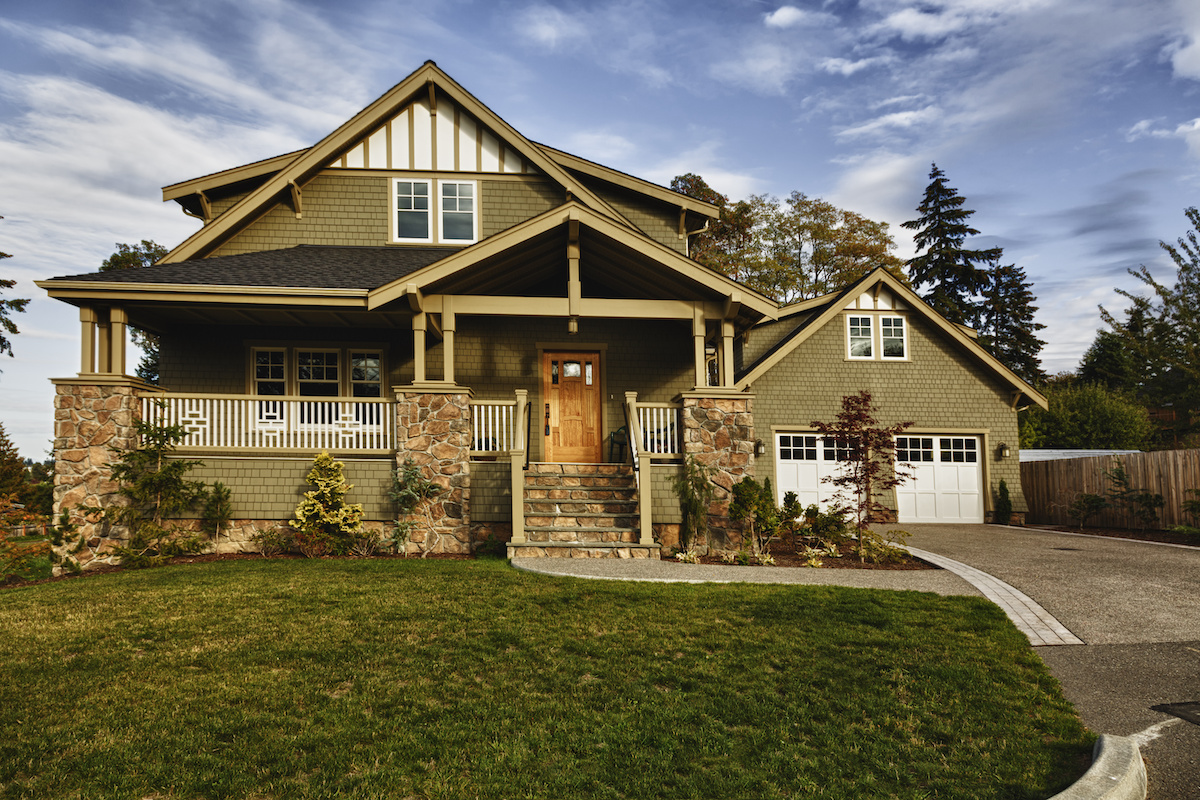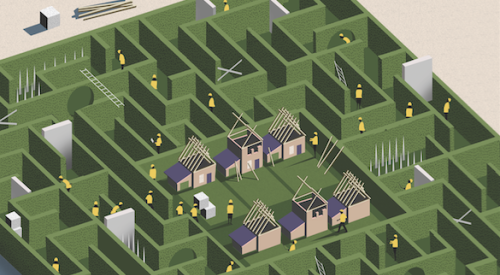Regulation costs are 11% higher today than five years ago, accounting for $93,870 of the final price of a new single-family home on average, according to the National Association of Home Builders. Regulatory costs accounted for an average of $84,671 of a new home's price in 2016, but those costs have increased 44% from 2011 when they averaged around $65,224. Breaking down the 2021 costs, $41,330 are due to a higher price for a finished lot and $52,540 result from regulatory costs imposed on the builder during construction after purchasing the lot. NAHB says regulatory costs are one of the biggest factors limiting housing construction.
The estimate of $41,330 in regulatory costs incurred during development is based largely on the “Land Developer Survey on Regulatory Costs” conducted by NAHB in March of 2021. The $52,540 estimate of regulatory costs during the construction phase is based largely on questions in the March 2021 survey for the NAHB/Wells Fargo Housing Market Index (HMI). Data from the two surveys were combined with information on average construction times, interest rates, profit margins etc. to produce estimates of regulatory costs as a percentage—either of the price of a lot purchased by a builder, or of the builder’s narrowly defined cost of construction. The percentages were then converted to dollars using the February 2021 average new home price of $394,300 from the Census Bureau’s New Residential Sales report. For more information on the methodology, including both survey questionnaires and a complete documentation of all other information incorporated into the estimates, please consult the full study.
Regulatory costs are one of several factors, including record increases in lumber prices, and widespread shortages of materials and labor, currently limiting the supply of housing—particularly housing for the entry-level market, where additional inventory is badly needed.













